The short version

Kevin Sene is a scientist and writer with a background in water and climate. He has written three scientific books on the links between climate, floods and water resources, popular science books on tidal bores and the UK’s natural phenomena, and guides to places to visit, history and wildlife around the Mersey Estuary and the Cumbria and Lake District coast. He is a Fellow of both the Royal Geographical Society and the Royal Meteorological Society and he contributes to teaching and research at Lancaster University in the areas of climate risk and floods.
Kevin has worked and travelled extensively in Europe, Africa and Asia and is a keen hillwalker and photographer. He also writes a free popular science newsletter on natural phenomena, with insights into space, weather, tidal and wildlife phenomena such as the Northern Lights, tidal bores, seabird cities, the weather, and seal pup and whale sightings.
The longer version
Scientific books
Hello. I’m a scientist and writer interested in water and climate issues such as floods, droughts and water resources. I’ve spent many years working on projects in the UK and overseas, typically providing technical advice, managing projects and running training courses.
My first two overseas projects could hardly have been more different as they involved running a computer workshop on a Caribbean island (Barbados) and helping to monitor rivers in a semi-arid region in east Africa (Somalia). Other highlights have included helping to understand flooding issues at a regional scale in the UK, southern Africa and Asia, water resources studies in Africa and the UK, and leading research on new approaches to flood forecasting and warning.
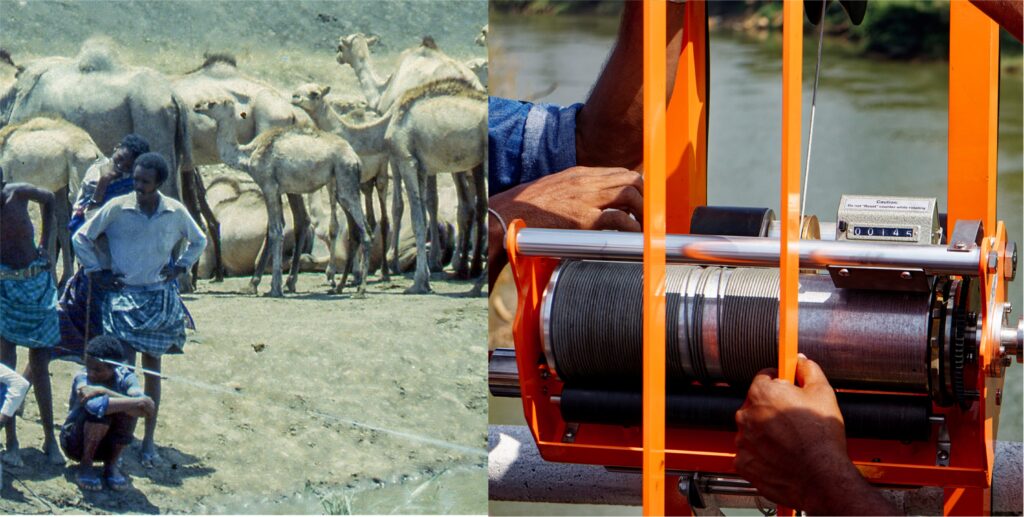
Throughout, one strand has been trying to predict river flows and I’ve written three technical books on this topic for use by practitioners and scientists, including an award-winning book on hydrometeorology. I’ve also contributed to many scientific and conference papers. You can read more about my scientific books and research on my Science page.
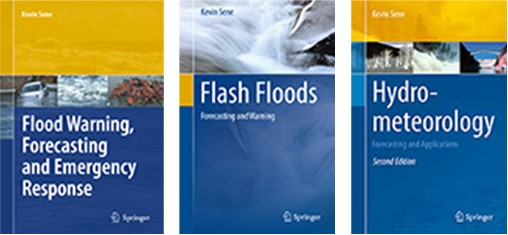
Popular science books
In recent years I’ve also branched out into more general interest writing.
I’ve long been interested in natural phenomena such as the Northern Lights, tidal bores and bird migration, and can still vividly remember some of my first sightings, such as of a grey seal suckling its pup, a blood moon during a total lunar eclipse, and the Northern Lights almost within sight of Liverpool. Days out hillwalking provided an extra dimension, experiencing inversions and amazing cloud formations at first hand.
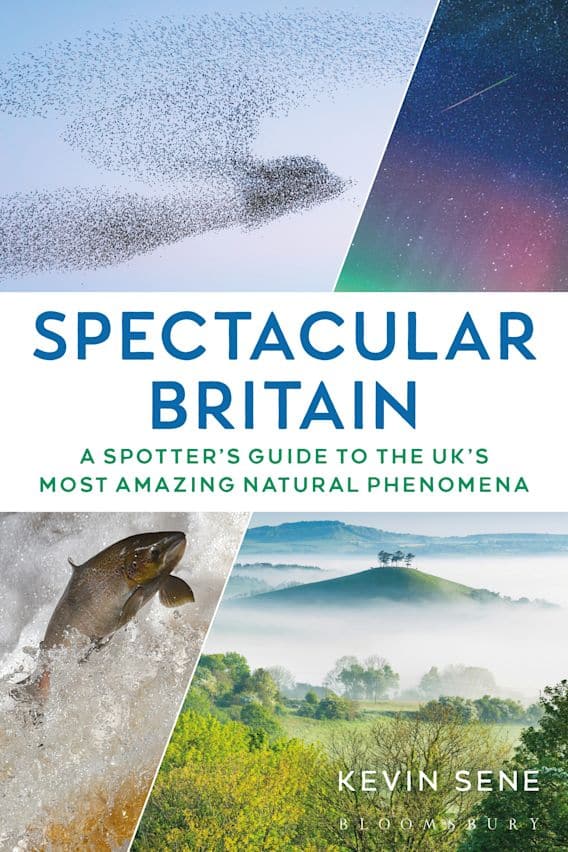
Spectacular Britain, published by Bloomsbury, brings many of those interests together. Featuring over 20 natural spectacles around the UK, it provides practical tips on achieving the best sighting. Each phenomenon is graded according to how easy it is to spot, with scientific insights into the astronomical, meteorological and ecological causes of events. I also included local insights to help bring events to life, such as from the glider pilots who ride mountain waves and wildlife experts on the annual deer rut and geese migration. This webpage has more details.
I’d count tidal bores as one of my more unusual interests, both for the spectacle and from a theoretical point of view. These are amazing surges that travel upstream against the river flow and occur in more than twenty estuaries around the UK. The most famous is the Severn Bore and other well known examples include the Trent Aegir in Lincolnshire, the Nith Tidal Bore in Scotland, the Dee Tidal Bore in Wales, and the Arnside Bore in Cumbria. Over the years I’ve had many great day trips out trying to spot them along with coastal walks, boat trips, wildlife photography and visits to local attractions.
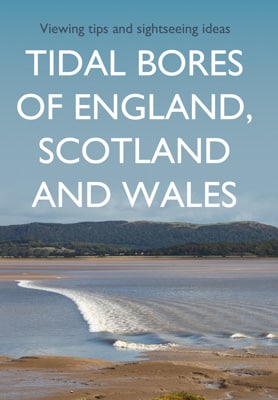
In Tidal Bores of England, Scotland and Wales I describe why they occur and how to improve your chances of seeing one. The book features ten tidal bores around the coastline of England, Scotland and Wales along with places to visit nearby, such as tourist destinations, nature reserves and locations with a maritime theme. It is available as an ebook from the usual sources (Amazon, Google, Apple, Kobo) and this webpage gives more background. Spectacular Britain also describes several.
Travel guides
Over the years, I’ve bought many travel guides to help plan work or holiday trips away and find them a great way to get to know an area, and much better than browsing through websites.
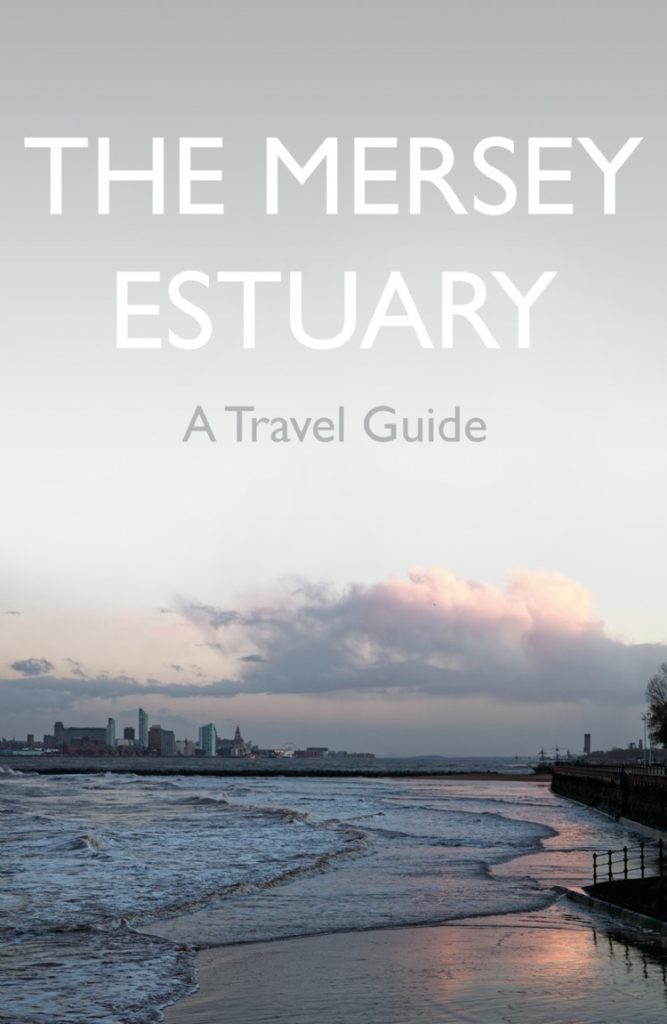
The idea for The Mersey Estuary: A Travel Guide began when I was living in Warrington at the top of the estuary, where in the evenings and at weekends I would often go running or cycling alongside the local canals and the estuary shores, including visits to Liverpool and Wirral further towards the coast.
As I began researching the book, I realised that there were some great places to visit off the beaten track that many local residents weren’t aware of, and some fascinating stories to tell about the history, environment and wildlife of the estuary. These featured in the book along with better known sights and tourist attractions. This webpage describes the book in more detail with links to several blog posts on the Mersey Estuary. I also describe researching and writing the book here.
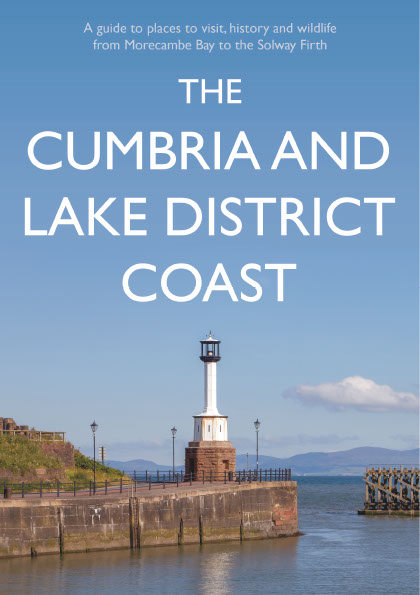
Another of my favourite places to visit is Cumbria, having lived in Kendal and Carlisle as well and once cycled the length of its coastline. As a follow up to the Mersey Estuary book, it was therefore an easy decision to write a guide called The Cumbria and Lake District Coast and you can again read more about it on the Troubador Publishing website. This webpage has more details about the book and several blog post on related topics.
Other useful information
If you’d like to see more images of the Mersey Estuary, Cumbria and tidal bores, feel free to browse through my Alamy stock photography portfolio.
You can also find reader’s reviews on my Goodreads page and I’m on LinkedIn and Youtube too, where I’ve posted videos about some of these books.
In case you are wondering why the website is called www.meteowriter.com, it’s a name that reflects my meteorological, climate and weather interests!
